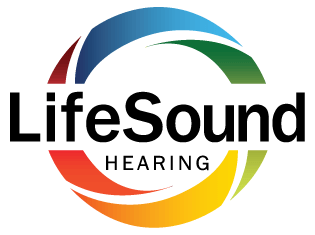Is driving with the windows down detrimental to your hearing? Is it more fuel-efficient? Should you opt for closed or open windows while driving? Let’s take a fresh look at these concerns.
Envision this: It is a peaceful morning, with the clock showing 7:45 AM. With the freeway almost deserted, you travel along at a comfortable 55 MPH, savoring the refreshing breeze through your open windows. On such a picturesque day, running the car’s air conditioner seems excessive, doesn’t it? After all, why waste precious gas?
But here’s the question: Does driving with the windows open present risks to your hearing?
What the research says about driving with open windows
Think it’s not that loud? British scientists carried out tests using different makes of vehicles, ranging from Mazdas to Aston Martins, at times when there was less traffic, driving at speeds of 50, 60, and 70 miles per hour.
Their findings were consistent: irrespective of the vehicle model or speed, driving with windows down exposed the driver to a near-constant noise level of 89 decibels.
Does this noise level present a danger of permanent hearing damage?
Exposure to 85 decibels for 8 hours can definitely result in permanent harm to one’s hearing.
Extended exposure to very loud noises, such as those exceeding 100 decibels in congested traffic, can cause hearing loss in as little as 15 minutes.
What factors contribute escalated noise with open windows?
Various aspects can increase the sound levels even while your vehicle may already seem noisy.
Engine and automobile types
Most gas engines produce about 85 decibels of noise due to the rapid explosions in their cylinders, accounting for roughly 80% of gas-powered automobiles. A somewhat quieter ride might be expected in hybrid vehicles or vehicles with smaller 4-cylinder engines. On the other hand, sports cars like Ferraris are capable of over 100 decibels of noise, particularly when driving in lower gears.
Wind resistance
Air rushing past your vehicle can generate noticeable whistling and whooshing sounds, adding significantly to the total ambient sound, even in cars known for their quiet ride. Studies have demonstrated that bicyclists encounter about 85 decibels of wind resistance at only 15 MPH, escalating to 120 decibels at 60 MPH. Driving with the windows open can have a noticeable effect on your hearing, especially since cars face increased wind resistance.
Increased traffic results in louder noise
Each passing car, even on multi-lane highways, contributes to noise amplification. Aside from the engine noise, you’re subjected to the wind resistance from passing cars, further increasing overall noise levels.
How to minimize risks and ensure safe driving practices
Reduce the threat of hearing loss while driving with windows down by following these steps.
- Take breaks when you are on long drives, alternating between windows open and closed.
- One way for drivers of convertibles to decrease noise exposure is to put up the windows while leaving the roof open.
- Use smartphone applications to track the levels of noise in regular traffic conditions (avoid utilizing them when driving a vehicle).
- Keep windows closed in heavy traffic to avoid extended exposure to loud noises exceeding 100 decibels.
- Avoid drowning out traffic noise with loud music, as it can exacerbate hearing damage.
- When operating a motorcycle or bicycle, think about obtaining helmets that are specifically designed to decrease the effect of traffic noise.
- Regularly track your hearing health, especially if you’ve been repeatedly driving with windows open.
In conclusion, driving with windows down subjects you to various sources of noise, including engine and wind noise, likely impacting your hearing health.
By adopting preventative measures, you can safeguard your hearing while enjoying the freedom of open-road driving.
If you are worried about hearing loss caused by noise, please contact us today.

